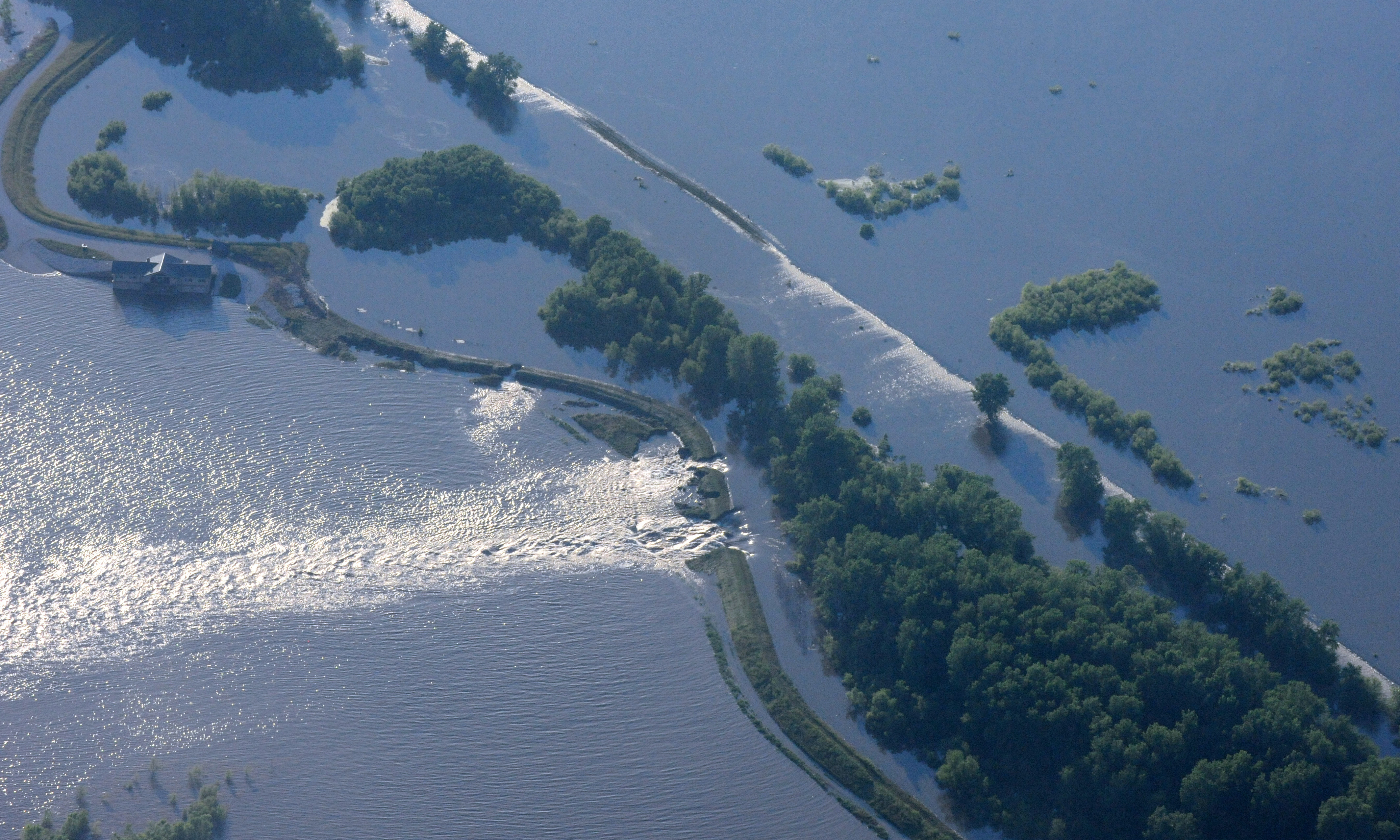
In a time when river flooding is becoming more frequent and intense, it does not make sense to weaken the very protections that keep communities safe. Unfortunately, the Illinois Department of Natural Resources (IDNR) could do just that with a new proposal to change state floodplain regulations. If approved, these changes could have negative consequences for the environment and may leave many communities more prone to flood risk.
IDNR currently regulates nearly all levees throughout the state to ensure that their construction does not push floodwaters onto nearby communities. Illinois is one of few states that have strong, protective floodplain regulations that are designed to minimize environmental impacts and protect people from catastrophic flooding. In 2015, the IDNR even released a white paper outlining why these rules are necessary.
This could soon change, as IDNR now seeks to weaken the rules by limiting state oversight of levee construction. The new proposal would allow IDNR to only consider the impacts of levees up to the 100-year level of flood protection and would no longer evaluate the environmental and flood risk impacts of higher levees. This is problematic as higher levees can present greater potential for increasing flood heights and pushing floodwaters onto nearby communities.
 The proposed changes are a result of a non-binding resolution that was introduced by Representative Jil Tracy in 2014, which directed the IDNR to evaluate and revise their floodplain regulations to make it easier to grant construction permits. In response to the resolution, the IDNR revised their rules and released them earlier this year. IDNR is rolling back protections just as a recent report by the U.S. Army Corps of Engineers revealed that many Mississippi River levees have been built higher than their authorized height and are in violation of federal and state permits.
The proposed changes are a result of a non-binding resolution that was introduced by Representative Jil Tracy in 2014, which directed the IDNR to evaluate and revise their floodplain regulations to make it easier to grant construction permits. In response to the resolution, the IDNR revised their rules and released them earlier this year. IDNR is rolling back protections just as a recent report by the U.S. Army Corps of Engineers revealed that many Mississippi River levees have been built higher than their authorized height and are in violation of federal and state permits.
Concerned residents and environmental organizations have been working to address the issue of overbuilt levees and the problems that relaxed rules may cause. Elected officials, including Missouri Attorney General Josh Hawley and several Illinois State Representatives and Senators, have also voiced their concerns and urged IDNR to retain current protections. Many fear that these rollbacks will result in higher levees, further development in flood-prone areas, and higher flood flood risk for downstream communities.
But the question is not whether a levee will fail, it’s when. There are many other ways to reduce flood risk. Allowing flood-prone areas to remain undeveloped and reconnecting rivers with their floodplains are proven strategies that can reduce risk and help restore the natural functions of our rivers. Our communities and our wildlife depend on us to address this issue holistically, rather than trying to fight bigger floods with higher levees. Prairie Rivers Network will continue to work with residents, organizations, and elected officials to maintain strong floodplain rules that protect communities and the environment.







